In modern industrial automation and process control, radar level meters play a crucial role in measuring the levels of liquids or bulk materials in tanks and silos. To meet the demands of increasingly complex industrial environments, the communication protocols used in radar level meters have evolved, and the introduction of APL (Advanced Physical Layer) protocol marks a significant advancement. APL is an Ethernet-based physical layer protocol designed specifically for industrial instrumentation and automation equipment. Its application in radar level meters brings numerous advantages in terms of performance, reliability, and data communication. Below is a detailed exploration of how APL is applied in radar level meters and why it is essential for modern industrial processes.
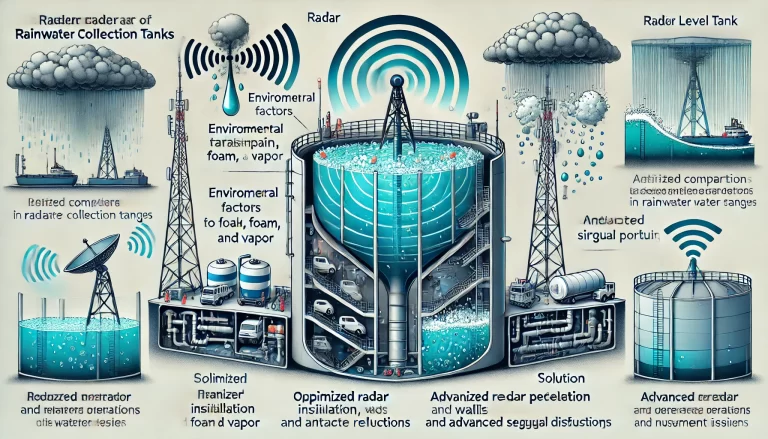
1. High-Speed Data Transmission and Low Latency
Radar level meters are used in real-time monitoring of liquid or solid material levels, and the accuracy of these measurements is crucial for operational safety and process efficiency. Traditionally, fieldbus protocols like HART or Profibus were used, but they often faced limitations in terms of data transfer speed and network latency.
APL, being Ethernet-based, supports high-speed data transmission, enabling real-time communication between radar level meters and control systems. This minimizes the delay in receiving and processing measurement data, allowing for quick adjustments in process control. For industries like oil & gas, chemicals, and food processing, where precise level measurement is critical, low-latency communication ensures optimal resource management, timely responses to changes, and prevention of overflows or material shortages.
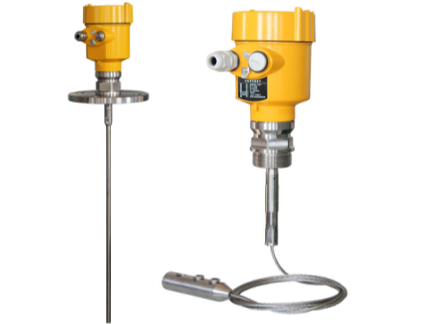
2. Enhanced Reliability and Data Integrity
Industrial environments often present challenging conditions for communication systems, such as electromagnetic interference (EMI), extreme temperatures, moisture, and dust. These factors can degrade the reliability of traditional communication protocols, leading to data loss or measurement inaccuracies.
APL protocol offers a higher degree of robustness against such environmental challenges. It ensures reliable data transmission through enhanced signal integrity and noise immunity. APL also employs error-checking mechanisms like CRC (Cyclic Redundancy Check) to verify data integrity, reducing the chances of corrupted data being interpreted by the system. For radar level meters installed in remote or hazardous locations, this reliability is critical to ensure continuous and accurate level monitoring, thereby preventing costly errors or system failures.
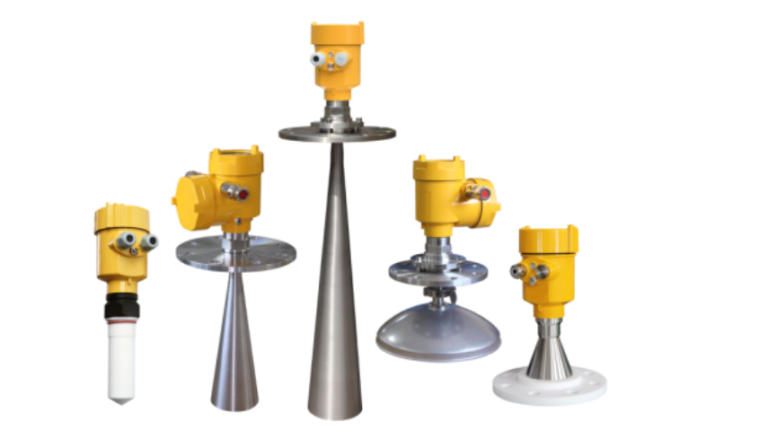
3. Simplified Network Integration and Interoperability
One of the key challenges in industrial automation is the integration of various instruments and systems from different manufacturers, each possibly using its own proprietary communication protocol. This lack of standardization complicates network integration, often leading to inefficiencies or the need for additional gateways.
APL, being based on Ethernet—a widely accepted networking standard—provides seamless integration with existing industrial Ethernet networks. This allows radar level meters to communicate effortlessly with other field devices, control systems, and enterprise-level platforms. As a result, APL ensures interoperability between devices from different manufacturers, reducing the complexity of installation and operation, and avoiding vendor lock-in issues. The open nature of the protocol helps industrial plants maintain flexibility in their choice of instrumentation and control solutions.
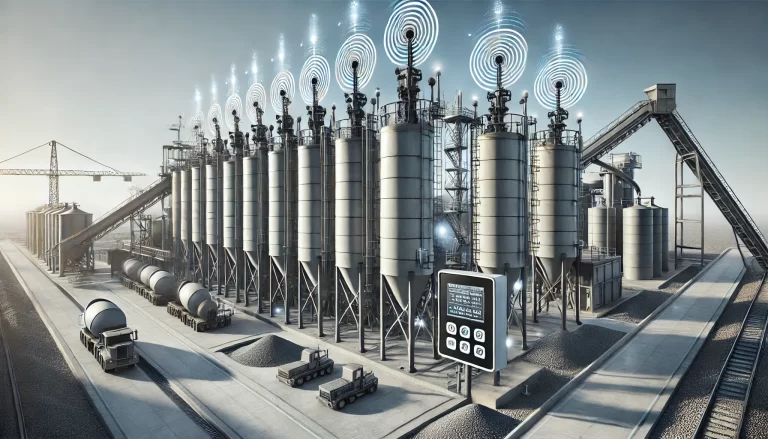
4. Remote Monitoring, Diagnostics, and Maintenance
In modern industrial facilities, remote monitoring and predictive maintenance are becoming more critical as plants strive to reduce downtime and enhance operational efficiency. Traditional communication protocols for radar level meters often have limited remote management capabilities, which requires personnel to visit the site for diagnostics or repairs.
With APL, radar level meters can be monitored and diagnosed remotely via an Ethernet network. Maintenance personnel can access real-time data, check instrument health, and perform diagnostics without physically inspecting the device. This not only improves maintenance efficiency but also reduces operational costs by minimizing the need for field visits. In addition, remote diagnostics allow for predictive maintenance, where potential issues are identified and addressed before they lead to system failures, extending the operational life of the radar level meters.
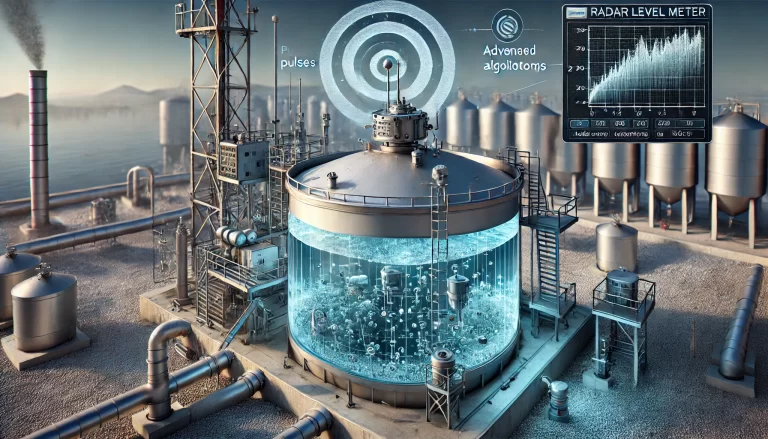
5. Improved Security for Industrial Networks
Security is a growing concern in industrial automation, especially with the rise of cyber threats targeting critical infrastructure. Traditional fieldbus protocols often have limited security features, making industrial systems vulnerable to unauthorized access, data manipulation, or attacks.
APL protocol is designed with enhanced security mechanisms in place. It supports authentication, encryption, and secure communication protocols to prevent unauthorized access and data breaches. For radar level meters monitoring high-value or hazardous materials, such as those used in chemical plants or oil refineries, network security is of paramount importance. By incorporating APL’s advanced security features, industrial plants can protect their process control networks from potential cyberattacks and ensure the integrity of their level measurement data.
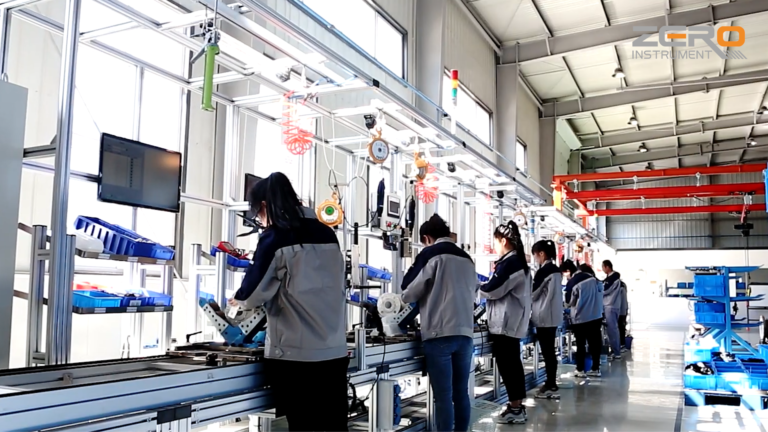
6. Supporting IIoT and Industry 4.0 Applications
The Industrial Internet of Things (IIoT) and Industry 4.0 initiatives rely on seamless data flow between smart devices, control systems, and cloud platforms. Radar level meters, as part of a plant’s smart instrumentation, must be capable of transmitting data to higher-level systems for analytics, optimization, and decision-making.
APL protocol provides the foundation for enabling IIoT applications. With its Ethernet-based architecture, radar level meters can easily connect to cloud-based platforms or edge computing devices, facilitating real-time data analytics, machine learning, and process optimization. APL supports high-bandwidth data exchange, making it possible to send not only level measurements but also additional diagnostics and process data to IIoT platforms. This enhances the overall intelligence of the plant, allowing for smarter decision-making, increased automation, and improved operational efficiency.
7. Scalability and Future-Proofing
As industries grow and technology advances, scalability becomes a critical factor in network and system design. Traditional communication protocols often have limited scalability, requiring costly upgrades or complete system overhauls as the plant expands or new devices are added.
APL provides a scalable solution by leveraging Ethernet technology, which is already widely used in enterprise networks. Industrial plants can easily expand their networks by adding more radar level meters and other smart devices without major infrastructure changes. Additionally, the future-proof nature of APL ensures compatibility with emerging technologies and standards, protecting the long-term investments of industrial facilities.
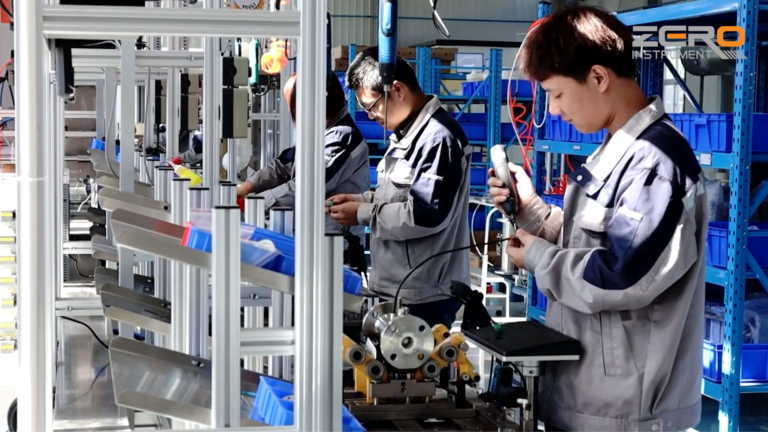
Conclusion
The adoption of APL protocol in radar level meters is a game-changer for industrial automation. Its high-speed data transmission, reliability in harsh environments, simplified integration, remote management capabilities, and advanced security features make it an essential component for modern process control. Furthermore, its compatibility with IIoT and Industry 4.0 initiatives provides a pathway toward smarter, more efficient, and more secure industrial operations.
As industries continue to evolve, the APL protocol is poised to become the backbone of communication for radar level meters and other instrumentation, driving innovation, enhancing productivity, and ensuring the seamless operation of complex industrial systems.
